Like a Dragon: Infinite Wealth, the latest entry to Sega’s Like a Dragon series, sold over one million units worldwide within a week of its release, breaking the franchise’s past records. But the grander the scale of a title, the easier it is for the individual efforts behind it to go unnoticed. That’s why we collaborated with SEGA to interview members of each section of RGG Studio and find out all there is to know about their meticulous work on the Like a Dragon franchise.
In this edition, we speak to lead character designer Yu Honya and art director Nobuaki Mitake about what went into designing and modeling Like a Dragon: Infinite Wealth’s memorable cast of characters.
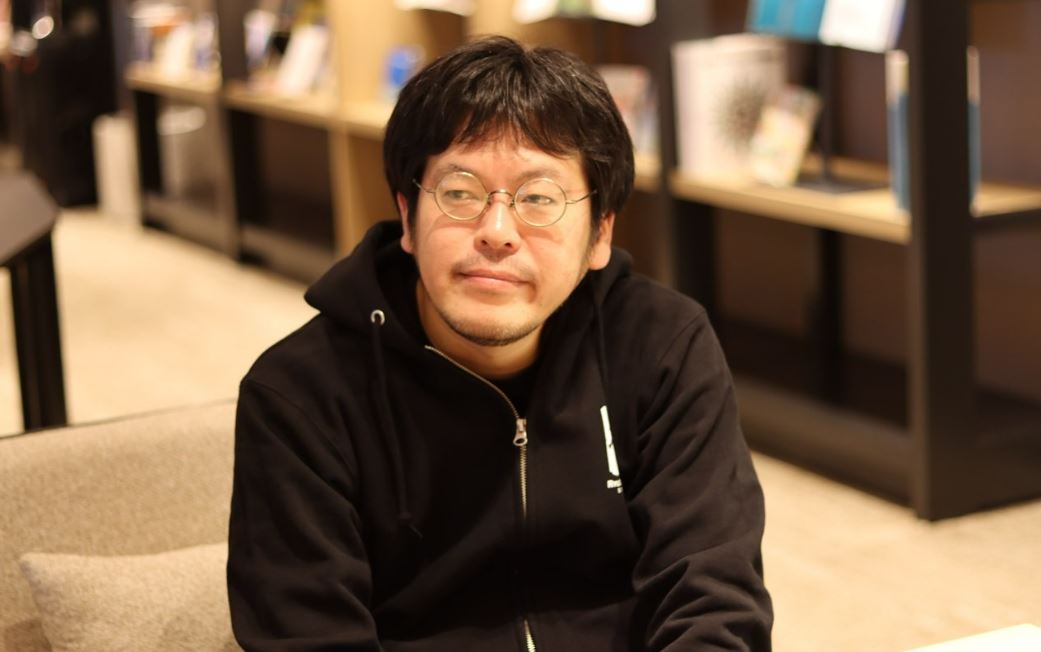
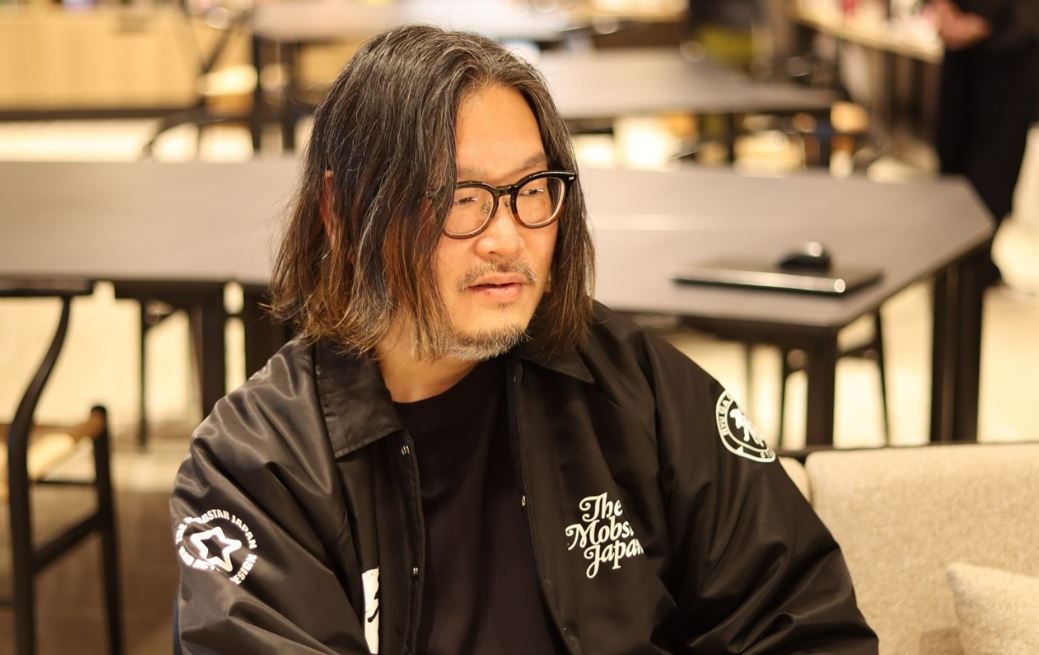
RGG Studio’s members think for themselves
──To start things off, could you tell us about your career and what kind of work you do here at RGG Studio?
Honya:
I’m Honya, the lead character designer of Like a Dragon: Infinite Wealth. I majored in 2D illustration, but gradually grew interested in the possibilities of 3DCG. Thus, I decided to aim for the game industry and joined Sega as soon as I graduated. This year marks my 20th year with the company. The first Like a Dragon title I worked on was Ryu ga Gotoku Kenzan!
──What was your position back then?
Honya:
I was in charge of character designs for the main story. Ryu ga Gotoku Kenzan! was the first spin-off title in the Like a Dragon series, and it had a historical setting. I remember consulting various sources to research the hairstyles and costumes of the time in order to create the character designs. I became the lead character designer From Like a Dragon: Ishin! onwards, and this was my position for the latest title in the series as well.
──When I hear “character design,” I think of different processes such as concept image creation and modelling, but what exactly does your position entail?
Honya:
Character designers in RGG Studio normally handle each step from creating the initial concept images to modelling and setup. Each character is overseen by the same artist from start to finish. For Infinite Wealth, my work entailed managing the character team, creating and supervising concept images, checking the quality of each member’s work, and managing the schedule.

──So, everything from a character’s head to toe is supervised by the same person. Could you please introduce yourself as well? (to Mitake)
Mitake:
I’m Mitake, and I’m the art director of the Like a Dragon series. I majored in graphic design in advertising, but I always loved drawing and aspired to enter an industry where I could draw for a living. The animation and game industries seemed to fit this description at the time, so I decided to join a game company. Before joining Sega, I worked for another company and was involved in the development of Shenmue I, for which I created the Dobuita Street environment. After that, I joined Sega and became part of the background art staff for the first Yakuza game. For Yakuza 2 and Yakuza 3, I became the background leader. From that point onwards, I have been the art director for Binary Domain, Like a Dragon: Ishin!, Yakuza Kiwami and all titles from Yakuza 6: The Song of Life to Like a Dragon: Infinite Wealth.
──The scale of the Like a Dragon series is quite impressive, have you felt your workload increase over time?
Mitake:
With each new entry, the quality of the scenario surpasses the previous one, and the games grow richer in volume. So yes, with in-game fields expanding, Honya and I’s workloads are increasing too. However, in RGG Studio, a thorough understanding of the Like a Dragon series is a given for most staff members – and this is where the studio’s strength lies. Our staff is steadily improving as they accumulate experience, which allows us to spread out the workload.
Honya:
At Ryu Ga Gotoku Studio, we’re always focused on figuring out how to create the most entertaining game possible within a limited development schedule. Rather than strictly following instructions, each member of the team needs to have a firm understanding of their role and act for themselves accordingly. We are a team where each individual feels a sense of responsibility for the project.
──So, it’s common for RGG Studio’s members to think independently as they work?
Mitake:
That’s right. For example, if we are being briefed by the planning team about future specifications, we, the designers, as well as the programmers and sound engineers, will proactively exchange opinions if there’s something we think can be improved upon.

──It sounds like the team is quite motivated.
Honya:
In the early stages of a game’s development, the planning team begins with an outline of what they want to do, and then a brainstorming meeting is held with the development team members. No opinions that come up in these meetings get one-sidedly dismissed, regardless of the rank and experience of the person that voices them. The planning team takes everyone’s opinions back with them and replaces, adds to, and refines the original ideas to improve the game’s specifications. I think this process is unique to our studio.
Mitake:
We never end up making the game exactly the way planning initially proposes. (laughs)
──That sounds almost like an ideal work environment, but I assume this makes things difficult from a project management point of view?
Honya:
There are definitely some difficulties involved in working this way, but I think it’s more important to create an environment where each creator can output their ideas about what would make the game more interesting.
──So you’re able to strike a good balance between enabling creativity and managing schedules at RGG Studios?
Mitake:
It’s more like, we’re constantly thinking about what we can do to make the game better within our limited schedules. As I touched on earlier, our experienced staff all have a good grasp of Like a Dragon’s framework, and finding ways to pack the game full of fun stuff while staying in that framework is what’s important.
Honya:
To give a concrete example, when planning comes to each development section saying, “We want to do this,” we try not to tell them that’s it’s difficult or undoable, but rather to propose alternative suggestions that we are able to implement. In this sense, I think Ryu Ga Gotoku Studio’s style of development is to carefully assess the upper limits of quality and schedule.
──Based on the Like a Dragon games, I thought each section at Ryu Ga Gotoku Studio would be more up in arms about things, but it seems I was wrong. (laughs)
Honya & Mitake:
(laugh in unison)
Mitake:
I think that we all have trust towards each other’s respective “territories.” This sometimes even leads to us going overboard in suggesting all kinds of ideas to people because of how highly we value their skills. (laughs)
Honya:
As creators, we share the goal of making a good game, so our arguments never really go in a bad direction.
The Like a Dragon series is all about “creating living cities”
──Moving on to Like a Dragon: Infinite Wealth. How do you feel about it becoming the fastest game to sell a million copies in the series’ history?
Honya:
We made a lot of characters in great detail for the game, so hearing people talk about and praise their favorite characters makes me happy and feel like all the effort was worth it. Also, I feel grateful that so many people are playing our game. Thank you for picking up Like a Dragon: Infinite Wealth, everyone!
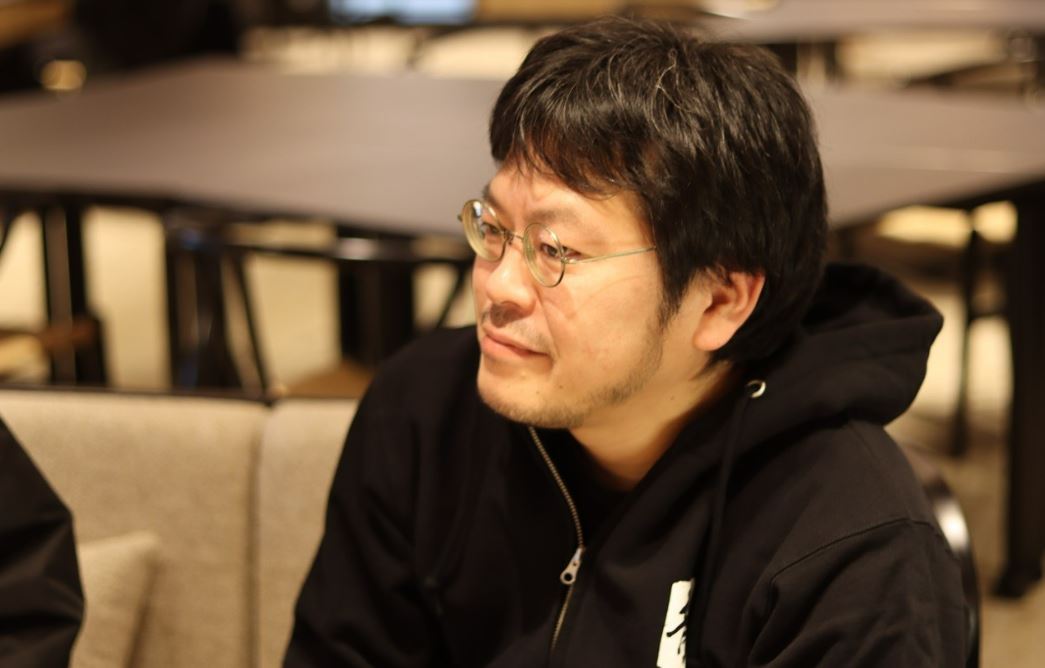
Mitake:
Even before its release, I felt that Like a Dragon: Infinite Wealth was attracting an extraordinary amount of attention compared to past titles in the series. Then, after its release, we saw people appreciating not only the main story but the extra sections such as Dondoko Island and Bucket List too. I feel like players are enjoying the “Like a Dragon genre” as a whole with this title, which I am very grateful for.
──It really feels like there’s several games inside of Like a Dragon: Infinite Wealth, doesn’t it? Moving on, I’d like to go more in-depth with you two about design. I feel like the character design and modeling of Ryu Ga Gotoku Studio expresses the form and beauty of Asian people in a way that is unlike the photorealistic graphics we see in Western games. What is your policy regarding character design?
Honya:
We pursue a kind of realism that goes beyond photorealism. Depending on personal perception, an object can seem more lifelike when we recall it in our minds rather than when we are looking at it directly – this is what we try to keep conscious of. When designing characters, we go through the story we receive from the scenario team and then establish the backbone and behavior of each character by thinking of answers to questions such as, “What does this character eat? What brands do they buy and how expensive are they? How do they dress themselves?” and the like.
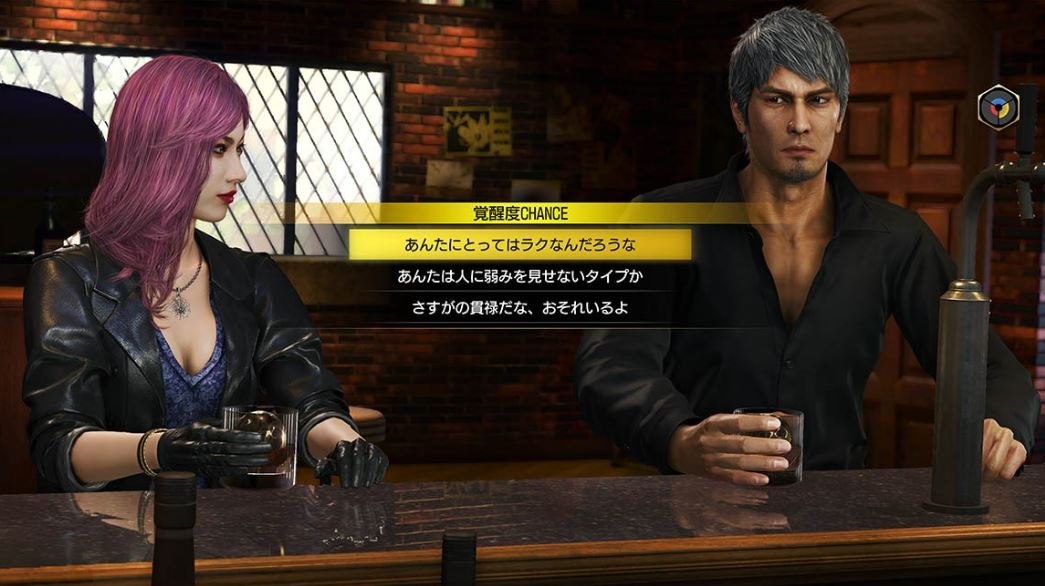
──So, rather than strictly following the scenario, each creator builds up the character through their interpretation?
Honya:
Core characteristics are often determined by the planning team and given to us, but if the planning team was to decide all the background information that isn’t explicitly addressed in the game, there would be no end to things, would there? For example, there is no explanation for why Chi-chan (Chitose Fujimiya) wears a braided hairstyle in the story – these kinds of details are thought out and implemented by the designers.
──You do feel a great sense of lifelikeness coming from Like a Dragon characters. Ryu Ga Gotoku Studio was one of the first developers in Japan to use 3D scanning technology. Do you think this has contributed to your prowess in portraying Asian people?
Honya:
3D scanning technology was a major factor, but I think the fact that we actually live in an Asian country also contributed greatly. That reminds me, for Infinite Wealth, we were able to produce the Japanese characters quite quickly thanks to our past experience and knowledge, but we didn’t have a lot of know-how about creating characters of other races, so out team had to study a lot for this game.
──How did you go about researching Hawaii and its people?
Honya:
One thing was repeatedly studying and referencing the footage taken by our planning and background staff during their on-site location scouting.
Mitake:
We had to not only create the characters, but also recreate the atmosphere that is naturally created by Hawaii and its locals, so we analyzed people in the footage while making sure to differentiate between locals and tourists.
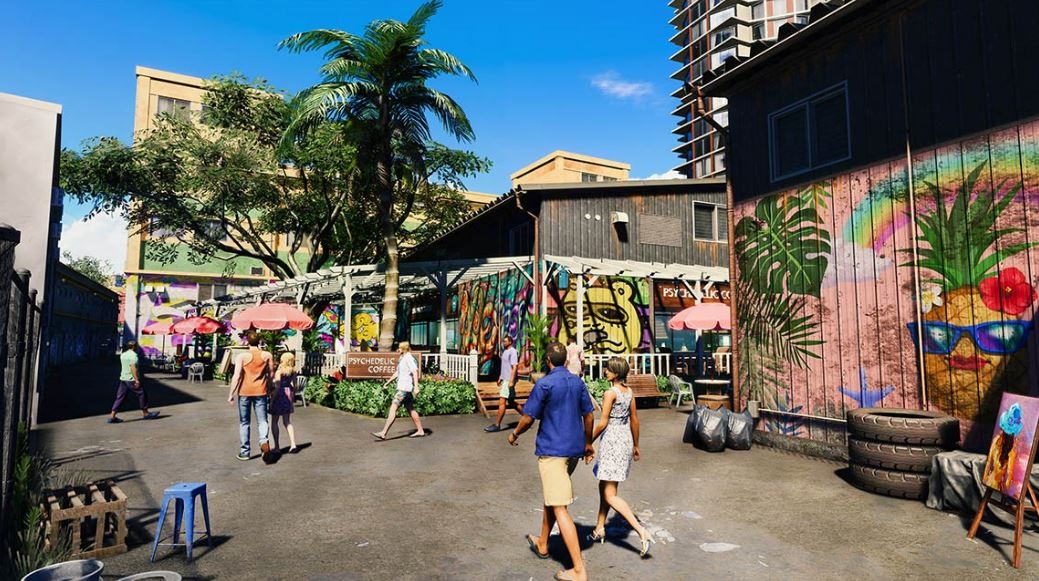
Honya:
One of the themes of the Like a Dragon series is “creating living cities,” and we place great importance on where to put what kind of people, how these people should be acting and who they should be with. When visiting locations like Shinjuku and Yokohama, we would discuss what kinds of clothes and colors people are wearing and look for ways to portray people from different areas in-game.
──So, as a character designer, you tend to pay attention to the clothing people wear in a game environment?
Mitake:
When creating an environment for a game, the focus generally tends to be on backgrounds, however, we try to use characters and clothing as a way to build the atmosphere too. In addition to contributing to the realism of a place, we also use character design to signal things to the player – such as characters wearing obviously Chinatown-esque clothes, or characters that tell the player they’re in an unsafe area.
A dedication to not showing the player “lies”
──Can you tell me about how things changed from Yakuza: Like a Dragon to Like a Dragon: Infinite Wealth? You’ve mentioned the new environments and clothing, but as Infinite Wealth was developed with next-gen consoles in mind, was there anything different about the character models?
Honya:
I think that would be the difference in skin texture. In Infinite Wealth, we pursued an even higher level of detail to give the characters less of a “CG-like feel.”
──Now that you mention it, the characters in Infinite Wealth do have a realistic feel to their skin.
Honya:
In Yakuza: Like a Dragon, the skin had more of a sheen, giving the characters a doll-like appearance. But with the latest title, we adjusted things to make the skin look more realistic. As the characters’ ages have also changed in the meantime, we expressed this by making them look thinner around the neck, changing their hairstyles and the like.
Mitake:
We also put a lot of effort into the lighting of the skin. The combination of skin texture and lighting makes the characters more attractive and lifelike.
Honya:
For example, we depicted subsurface scattering, whereby light “scatters” upon penetrating the skin, giving it a reddish glow from within. Since Hawaii gets stronger sunlight than Japan, this was one of the ways we came up with to portray this difference.
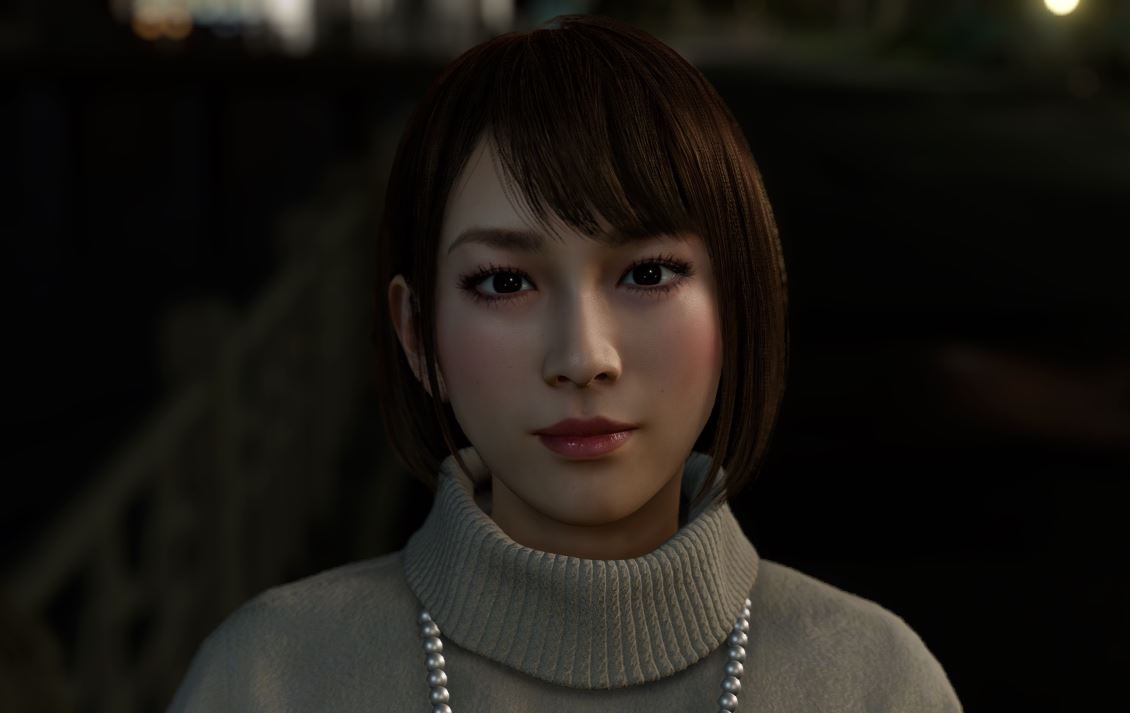

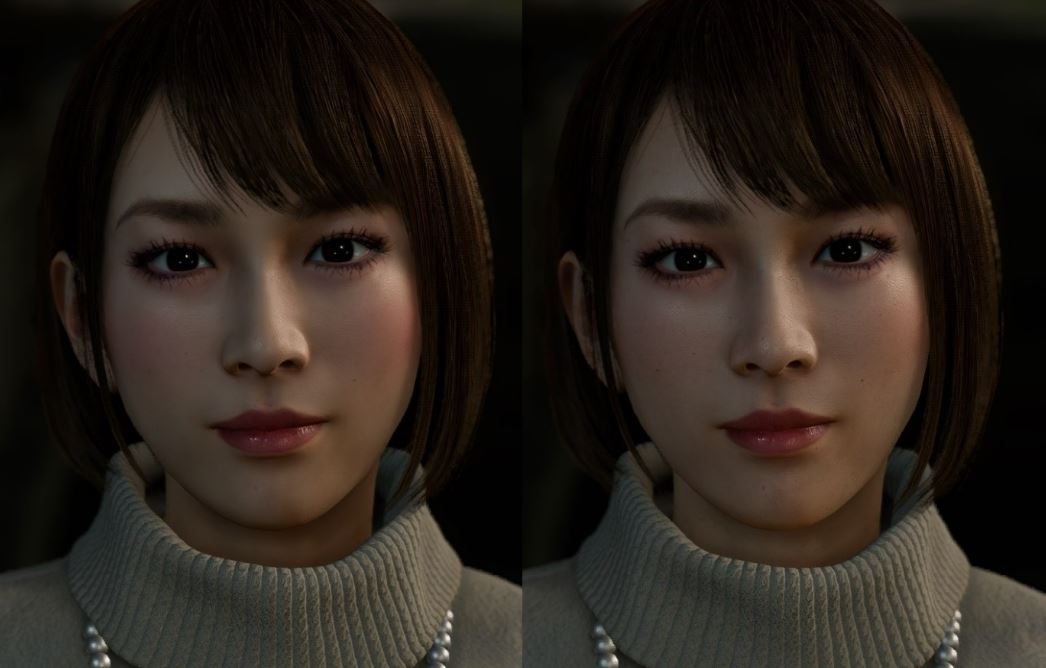
──These efforts all resulted in the characters’ skin looking quite real. Was there anything else you newly introduced or tried out in Infinite Wealth?
Mitake:
It’s a bit embarrassing to bring it up myself, but in the scene where Ichiban Kasuga visits Akane’s house and grabs the doorknob, I introduced blend shapes that transform his hand. Normally, you animate the bones of a model, and the flesh moves as a result, but to achieve a more realistic look, I created several patterns that deform the shape of the hand in addition to its regular movements. By connecting these patterns, we were able to portray the subtle rise of the flesh in the hand that occurs as the fingers move.
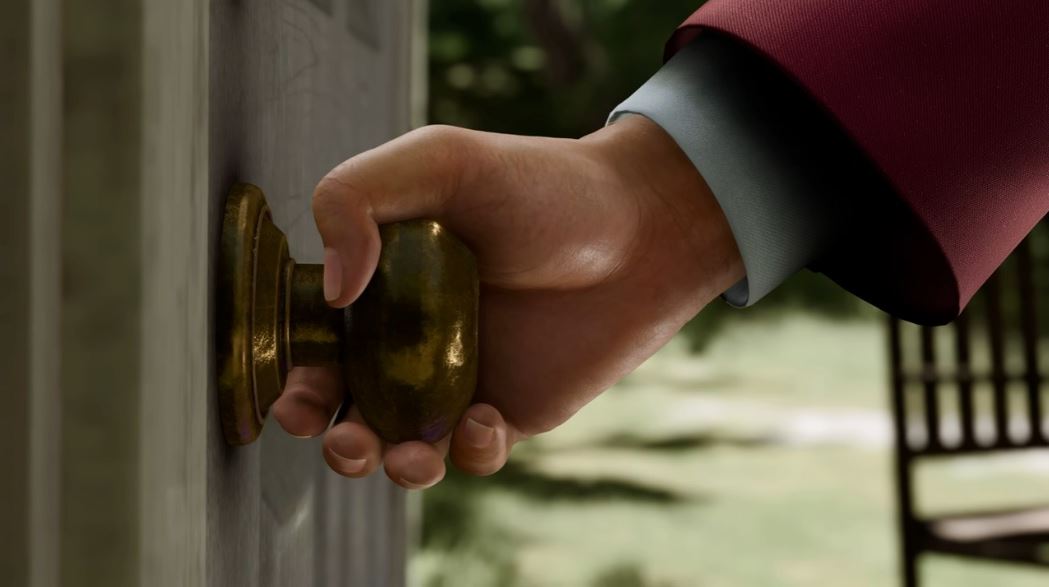
Honya:
As a reference for this scene, we also studied actual footage of a hand gripping a doorknob which we filmed with a high-speed camera. Based on the real-life footage, we reproduced the wrinkles and ridges of the hand, as well as the whitening of the skin that occurs under the fingernails when force is applied.
Mitake:
This is an important scene in Infinite Wealth, as it’s when Ichiban meets for the first time the woman whom Masumi Arakawa loved, and who may be his mother. As a designer, I wanted to express the various emotions Ichiban is feeling through the portrayal of his hands.
──Come to think of it, there aren’t many other scenes in the game that focus solely on hands.
Mitake:
Although I came up with expressing Kasuga’s emotions through blend shapes, it was my first time attempting something like that, so I had to practice a lot and research how it’s done in the first place. Thanks to the hard work of my team, I think we succeeded in making everything look natural, but at the same time, it may have blended in so well that nobody even noticed. (laughs)
──To be honest, I just noticed it for the first time (laughs).
Mitake:
In all seriousness, the fact that it went unnoticed is a good thing for us, because it’s proof that players did not find the scene unnatural.
──It’s the dilemma of wanting to show off what you’ve made, but not wanting to jeopardize player immersion (laughs).
Mitake:
As creators, that’s one of the difficulties we face (laughs).
──Thank you, Mitake-san. Is there anything on the technical side that you want people to notice? (to Honya)
Honya:
We’ve already mentioned the extra care we put into characters’ skin textures, but we also went through a lot of trial and error to make the costumes look realistic. Using a tool called Marvelous Designer, we created 3D models of clothes from patterns, the same way real-life clothes are made. Then, we ran simulations to make them fit the character’s body. When doing things this way, a thorough understanding of garment structure is necessary. Then, to create hair, you need to know not only how hair grows and flows, but also what the trendy hairstyles and colors are. As you can see, creating a single character involves a whole set of skills and knowledge, so I would be happy if players took the time to get a good look at all the characters.
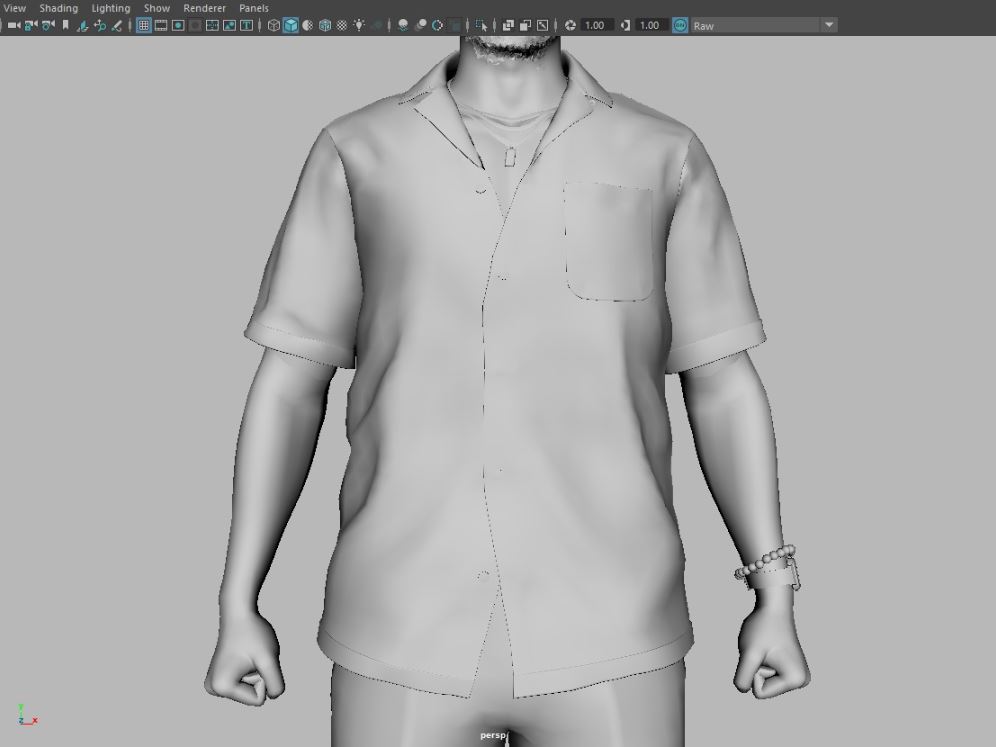
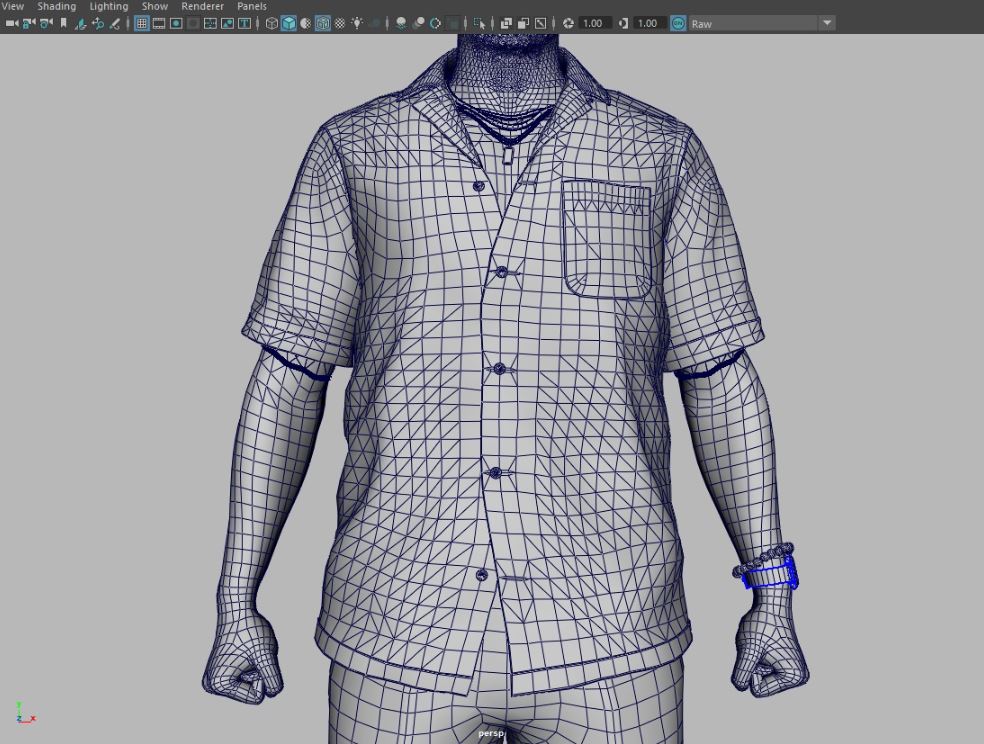
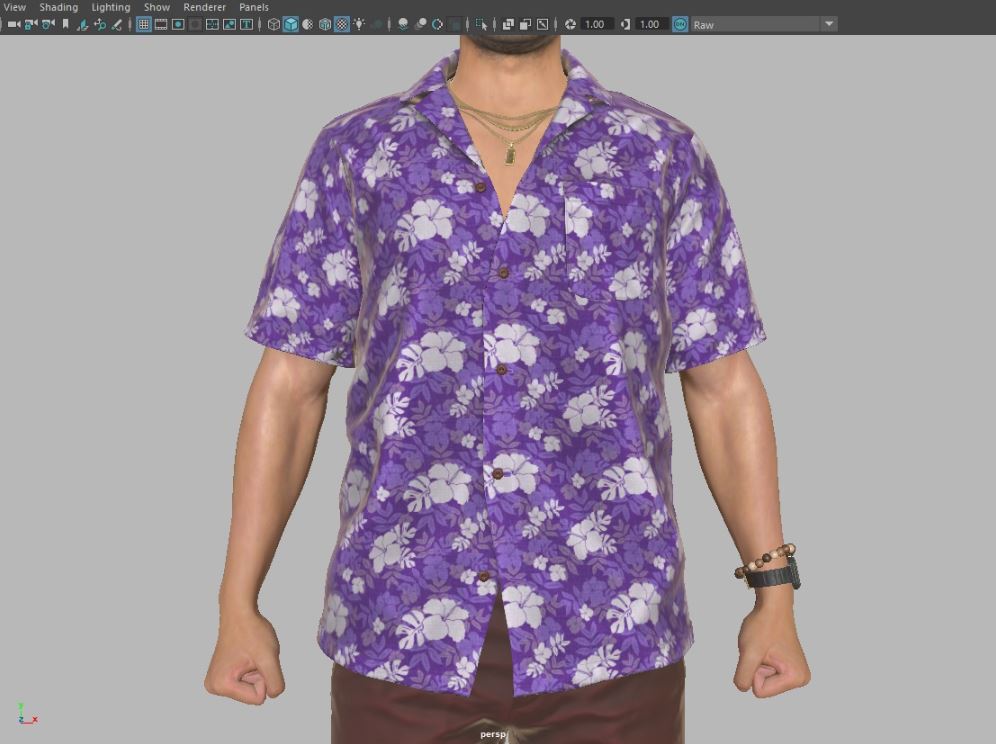
──As the series progresses, the level of detail seems to increase.
Honya:
If we’re talking details, in Infinite Wealth, we’ve even given characters earring backings which you can see behind their ears.
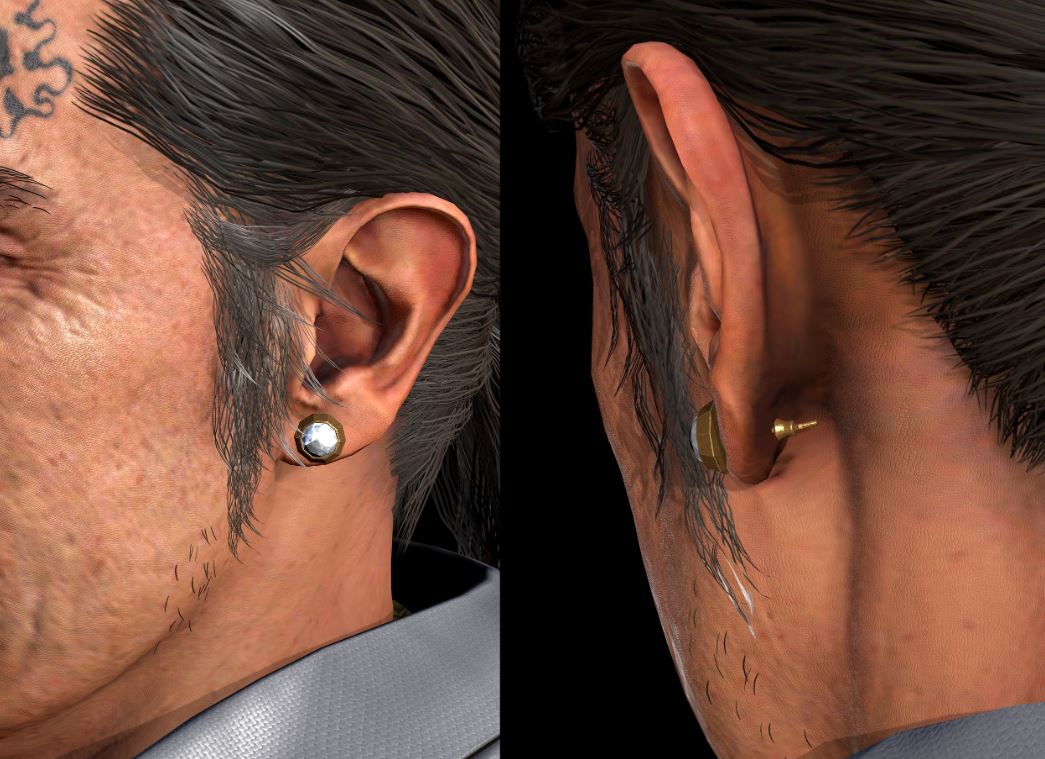
──It’s my first time seeing earring backings in a video game. (laughs)
Honya:
It’s not something you normally see when playing, but since there is a possibility of it being visible from a certain angle, we couldn’t risk being lazy about it.
Mitake:
Since we’re making a contemporary drama depicted in a photorealistic style, people know how the accessories worn are supposed to look in real life, and we don’t want them to think that we’re cutting corners. Also, we can’t have peoples’ immersion compromised when they spot the kind of “lie” that can only be seen in a video game. This is something we are very particular about.
Developing a sense for what’s new and emerging
──I can feel your dedication to your craft. Do the character models get revised for each new title?
Honya:
Yes, they are not discarded after one use – we adjust them to fit the environment and style of each release. As for changing the characters’ costumes, this is something we carefully consider each time, because as creators – we feel the need to change things up, but at the same time, fans strongly associate certain characters with certain costumes, which we want to respect.
──Apart from Kiryu and Ichiban, are there any other characters in Infinite Wealth that particularly left an impression on you?
Mitake:
Chitose changes her hairstyle mid-game, which left an impression on me as a developer. Since she switches to a short hairstyle, the icons in the UI needed to be updated so things don’t feel awkward. Also, the clothes switch between Japan and Hawaii, so these changes need to be reflected everywhere too. I remember going over these points with the planning team many times.
──I was surprised when I saw even the main menu get updated! By the way, Infinite Wealth has many extra costumes for dressing up the characters, but were these also designed by the character team? (as opposed to being commissioned from a clothing designer).
Honya:
That’s right. RGG Studio’s games feature a lot of guys in suits, so we’ve accumulated a fair amount of knowledge about suits, but the recent titles include a wider variety of garments, so we’re working on improving the quality of clothes other than suits too.
This is why I make sure to keep my antenna up for current and emerging fashion trends. I do this by analyzing what people are wearing in cities and by staying updated with apparel brands’ new collections. While visiting apparel stores is good for studying actual fabrics and trends, designer collections tend to include “edgier” pieces brimming with the designer’s individuality, so I keep these in the back of my mind as a means of making character’s stand out more.
──I wouldn’t have imagined that you keep up with collections too. I guess it’s important to have a wide radar.
Mitake:
The Director of RGG Studio/Executive Producer(Masayoshi Yokoyama) has very keen instincts when it comes to these things, so if a costume looks dated, he will surely point that out to me. Also, we had MB participate as costume supervisor for Like a Dragon Gaiden and Infinite Wealth, and his contribution was quite big too.



──Speaking of antenna, I feel like the Like a Dragon series is always updating its values, and not only when it comes to fashion. Does working on the series require you to be in tune with what’s happening in the world?
Honya:
Each time we work on a new game, we try to evaluate it based on the question, “would I personally get excited about this?” This is how we make sure that we don’t bore our players. Since Like a Dragon has a modern-day setting, I think everyone in the studio is aware of what’s new, what’s drawing people’s attention and what seems like it will take off in the future. For example, the VTuber Hisoka Tatara who appears in Infinite Wealth is an embodiment of the current era. By the way, for her character design, we held a contest within the studio and picked the winning design out of multiple entries.

──A contest??
Honya:
That’s right, we welcomed all members of RGG Studio, regardless of their position and department, to apply with their own VTuber designs.
──I was convinced you had the VTuber designed externally or something. How many entries did you get?
Honya:
We got loads of entries! There are many VTuber fans in the studio, so I think a lot of them liked the idea of trying to draw one themselves. By the way, that was actually not the first time we held a contest, as we do them from time to time. The wall art in the streets of Hawaii in Infinite Wealth was also selected in this way.
──I already said this earlier in the interview, but the staff at Ryu Ga Gotoku Studio seem really motivated. Do you have anything you’d like to say for the end?
Honya:
We’ve put extra care not only into the main cast, but into the various characters that appear on Dondonko Island and in Sujimon Battles too, so please enjoy their designs thoroughly as you play Infinite Wealth!
Mitake:
Infinite Wealth is an extremely large-scale game, and the number of characters we’ve designed for it breaks our past records, so please enjoy everything the game offers!
──Thank you for your time!
Like a Dragon: Infinite Wealth is available for the PC (Steam), PS4/PS5 and Xbox One/Xbox Series X|S
[Interviewer, Editor: Ayuo Kawase]
[Writer, Editor: Yuuki Inoue]
[Translator: Amber V]
[English Editor: Verity Townsend]
©SEGA

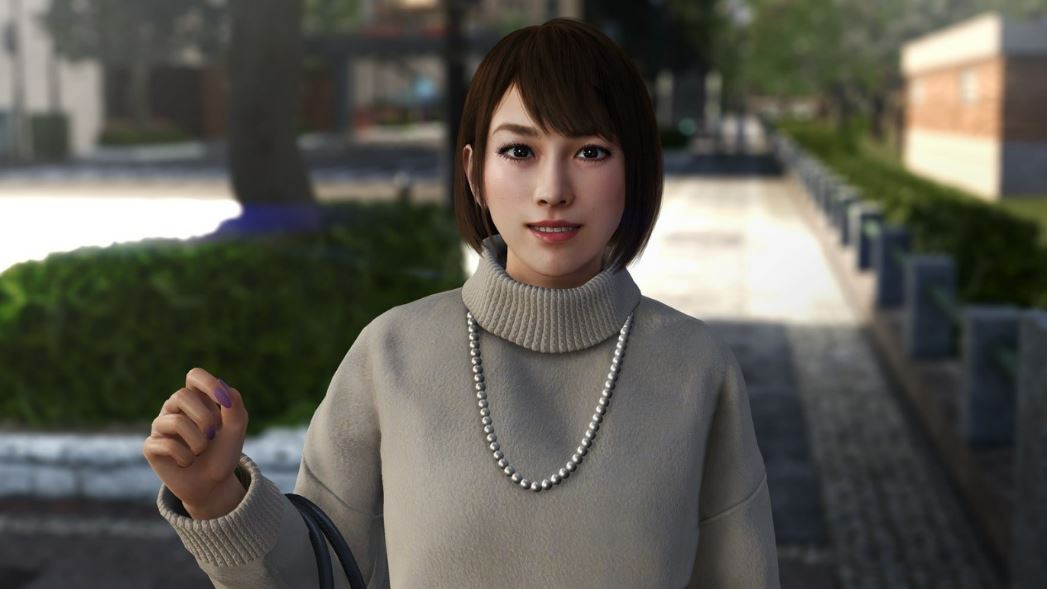



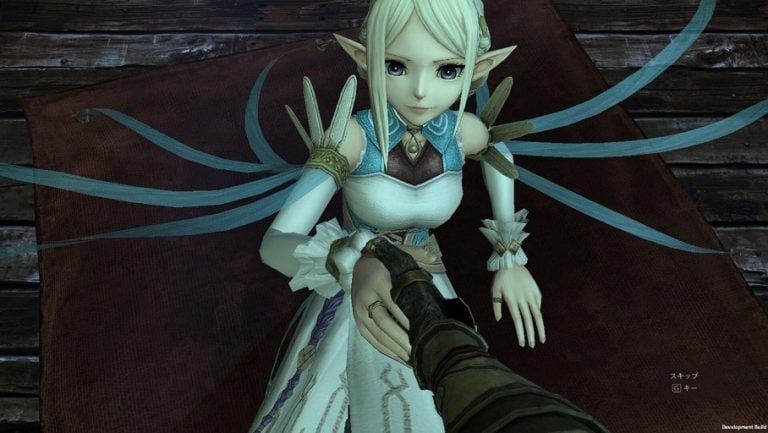
Great interview, I did like reading how much goes into modeling and character design we do not get to see behind the scenes, I can tell the RGG is very passionate. But I do have to slightly mention that the focus on realism or beyond photorealism, the comparison between the Saeko differences show diminishing returns when it comes to how much detail you can put into a model or a character as a whole throughout the industry as it has reached peak as the comparison is not that dramatic.
Sometimes seeing such results, I keep wondering, if this is really the way to go for future Like A Dragon Titles. As there is too much focus on Realism and Side Games that feels like a theme park for Like A Dragon, than to focus on Soft-Style, some side games and Character Drama that actually is Like A Dragon.